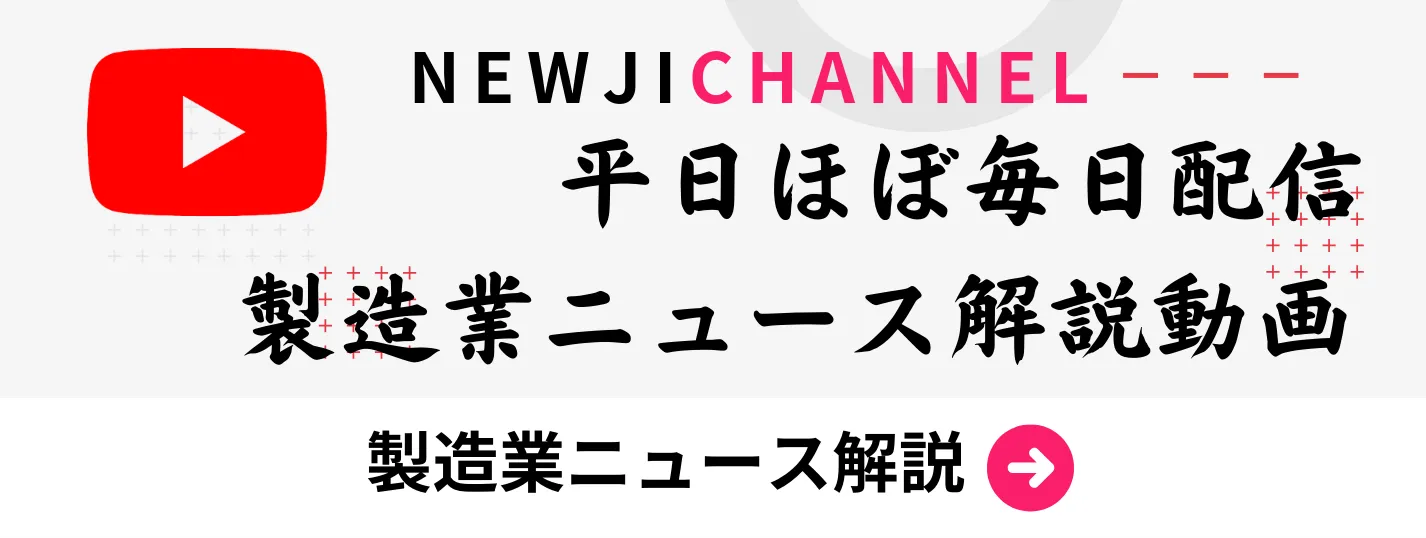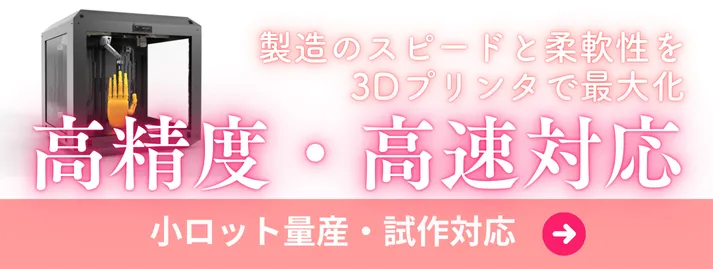- お役立ち記事
- Vacuum pump pumping principle and selection method
月間76,176名の
製造業ご担当者様が閲覧しています*
*2025年3月31日現在のGoogle Analyticsのデータより

Vacuum pump pumping principle and selection method

目次
What is a Vacuum Pump?
A vacuum pump is a device that removes gas molecules from a sealed space, creating a partial vacuum inside it.
This powerful tool is commonly used in various industries, from scientific research to manufacturing, to achieve processes that require controlled environments.
Understanding the principles behind vacuum pumps and selecting the right one for a specific application is crucial for effective operation.
How Do Vacuum Pumps Work?
The basic working principle of a vacuum pump is quite straightforward: it reduces the air pressure within a closed system.
By doing so, it removes air molecules or gases and decreases their concentration, creating a vacuum.
Different types of vacuum pumps use various mechanisms to achieve this.
Positive Displacement Pumps
Positive displacement pumps work by trapping a specific volume of gas and then moving it through the pump to the exhaust.
These pumps typically have sealed chambers that change in volume, and as the volume expands, it reduces pressure, drawing gas into the chamber.
Once the gas is trapped, the chamber’s volume decreases, compressing the gas and pushing it out.
Rotary vane pumps and diaphragm pumps are examples of positive displacement pumps.
Momentum Transfer Pumps
Also known as molecular pumps, momentum transfer pumps operate by using high-speed rotating blades to impart kinetic energy to the gas molecules.
This rotation pushes the molecules in the desired direction, helping to create a vacuum.
Turbomolecular and diffusion pumps are included in this category, and they are often used for higher vacuum applications because of their ability to handle lower pressures.
Entrapment Pumps
Entrapment pumps capture gas molecules on surfaces within the pump.
Methods like cryogenic freezing (where gases are turned into a solid state) or chemical adsorption are used by these pumps.
Cryopumps and ion pumps fall under this category, and they work well for applications requiring ultra-high vacuum levels.
Understanding Vacuum Levels
Before selecting a vacuum pump, it’s important to understand the vacuum levels you will be working with.
The standard classification of vacuums includes:
– Low Vacuum: 1×10³ to 1×10¹ Torr
– Medium Vacuum: 1×10¹ to 1×10⁻³ Torr
– High Vacuum: 1×10⁻³ to 1×10⁻⁶ Torr
– Ultra-High Vacuum: 1×10⁻⁶ Torr and below
Each vacuum level serves different applications, and identifying the required level helps in selecting the suitable pump.
Factors to Consider When Selecting a Vacuum Pump
Application and Process Requirements
Determine the purpose of the vacuum: What is the core task you’re trying to achieve?
Consideration should be given to the nature of the process, such as drying, coating, or leak testing, as well as the specific gas or vapor involved.
Matching these requirements with the appropriate pump type is crucial for efficient functioning.
Operating Pressure and Speed
Check the pump’s ability to achieve the desired vacuum level and its pumping speed.
Pumping speed refers to the volume of gas the pump can remove in a given amount of time.
Different applications require varying speeds; a slower pump speed may suffice for processes like packaging, whereas semiconductor processing may need high speed.
Compatibility with the Process Environment
Consider the substances the pump will be exposed to.
Pumps need to be compatible with any gases, chemicals, or particles they encounter.
Corrosive substances may require a pump made with resistant materials, while sensitive processes could necessitate oil-free or contamination-minimizing options.
Maintenance and Cost
Factor in the ongoing maintenance needs and potential downtime.
Assess the unit’s total cost of ownership, including initial investment and operational expenses.
Choose a pump that aligns with your budget and operation plan, ensuring it offers a reliable service feasible within your financial scope.
Energy Efficiency
Evaluate the energy consumption of the vacuum pumps in use.
Energy-efficient units minimize operational expense and environmental impact.
While higher-efficiency models may have a higher upfront cost, they often recoup through lower energy bills over time.
Popular Vacuum Pump Types
Rotary Vane Pumps
A widely used type, the rotary vane pump is known for its simplicity and effectiveness in low to medium vacuum applications.
Its operation involves rotary vanes mounted to a rotor, creating changing volumes to compress and expel gas.
Diaphragm Pumps
These pumps use a flexible diaphragm to move fluids, ideal for applications needing clean and oil-free processes.
While they excel in handling corrosive substances, they’re typically suitable for low vacuum requirements.
Turbomolecular Pumps
Utilized for achieving high vacuum levels, turbomolecular pumps use a series of high-speed rotors to transfer momentum to gas molecules.
These are optimal for environments requiring clean, high-vacuum conditions like those found in research labs.
Conclusion
Selecting the right vacuum pump is pivotal to achieving efficiency in various industrial, research, and production environments.
Understanding the pumping principles, vacuum requirements, process parameters, and associated factors will guide you in choosing the perfect pump for your needs.
With careful consideration, your operations can run smoothly, maximizing performance while minimizing costs and maintenance overhead.
 資料ダウンロード
資料ダウンロード
QCD管理受発注クラウド「newji」は、受発注部門で必要なQCD管理全てを備えた、現場特化型兼クラウド型の今世紀最高の受発注管理システムとなります。
 ユーザー登録
ユーザー登録
受発注業務の効率化だけでなく、システムを導入することで、コスト削減や製品・資材のステータス可視化のほか、属人化していた受発注情報の共有化による内部不正防止や統制にも役立ちます。
 NEWJI DX
NEWJI DX
製造業に特化したデジタルトランスフォーメーション(DX)の実現を目指す請負開発型のコンサルティングサービスです。AI、iPaaS、および先端の技術を駆使して、製造プロセスの効率化、業務効率化、チームワーク強化、コスト削減、品質向上を実現します。このサービスは、製造業の課題を深く理解し、それに対する最適なデジタルソリューションを提供することで、企業が持続的な成長とイノベーションを達成できるようサポートします。
 製造業ニュース解説
製造業ニュース解説
製造業、主に購買・調達部門にお勤めの方々に向けた情報を配信しております。
新任の方やベテランの方、管理職を対象とした幅広いコンテンツをご用意しております。
 お問い合わせ
お問い合わせ
コストダウンが利益に直結する術だと理解していても、なかなか前に進めることができない状況。そんな時は、newjiのコストダウン自動化機能で大きく利益貢献しよう!
(β版非公開)









